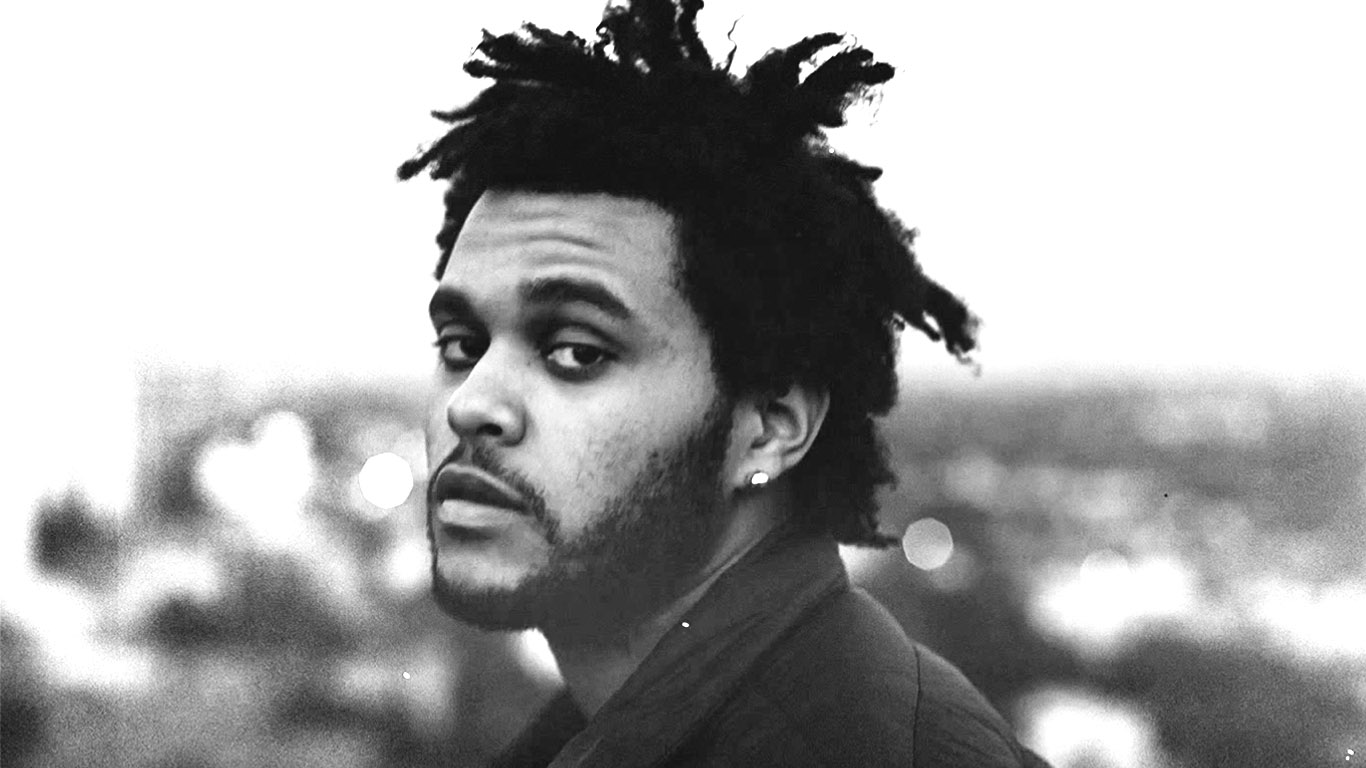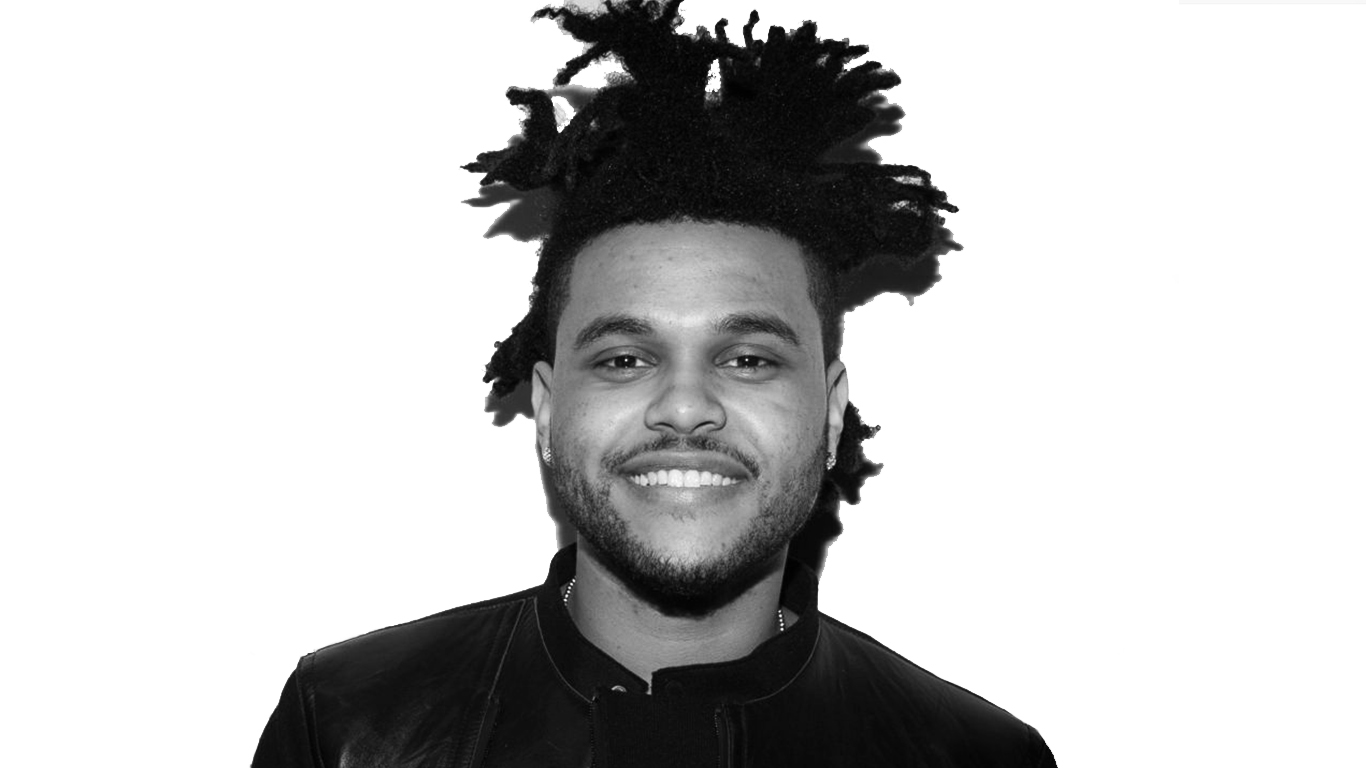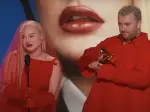At one point in the past, we didn’t even know what The Weeknd looked like.
He was just a mysterious singer from Toronto with a voice that serenaded the world after first hearing it on his debut mixtape, “House of Balloons.” With that original mixtape, he showed us who he was: Not afraid of getting gritty and expanding beyond the typical R&B themes of trying to win a girl back.
He sang about struggles with a pharmacopeia of drugs, and he showed no shame in admitting that he wasn’t looking for love. Pop music has changed forever because of The Weeknd, and now he’s grown before our eyes into the “Starboy” he is now.
The Weeknd’s mixtapes and albums act as markers of where he is in life, almost resembling chapters of an autobiography that he’s constantly writing. The early albums were dark and didn’t resemble any of the pop music we were seeing at the time, cultivating in “Kissland,” which perfectly tied up The Weeknd’s life before skyrocketing to superstardom.
Then, the mainstream music landscape was completely dismantled by last year’s “Beauty Behind the Madness.” Abel Tesfaye, or The Weeknd, left a lasting imprint with that album, making a strong argument for album of the year and establishing himself as a star without ever having done an on-camera interview.

“Beauty Behind the Madness” is a masterpiece that meshed the drug-induced heavy sounds of the old Weeknd, with the bright, up-tempo melodies of the new pop star persona. The album was culture shock at its finest and brought the early fans of Tesfaye into the mainstream pop world.
Suddenly, the brooding sounds of “BBtM” were playing on the radio and being censored for performances at award shows and television appearances. He was emerging from the shadows, but following the model of pop innovators Daft Punk; we still hadn’t had much exposure to the man behind some of the most celebrated and innovative songs of 2015.
Then it finally came in the form of his first on-camera interview ever with Zane Lowe, who is undoubtedly one of the greatest music journalists ever, in my opinion. Over the course of the 45-minute interview, in the L.A. studio that The Weeknd has called home for the last few years, Tesfaye chronicles his rise to “Starboy” and the mainstream music landscape he’s helped mold in his image.
“Everybody wants to be rich, but it comes with its negatives as well,” Tesfaye tells Lowe in the Beats 1 interview, commenting on the fame he began to experience when first coming out to L.A. The negatives of fame are evident in his music and their videos, which always hover in the shadows, turning Tesfaye into a silhouette of the figure audiences see on stage. He operates in that darkness comfortably and embraces the fact that he can exist in both worlds. On stage, he grooves to radio hits like “Can’t Feel My Face” or “Earned It,” but in the video for “Starboy,” he takes on a different persona altogether.
The video abstains from any bright light, and the early scenes are barely visible in the shadows of an extravagant mansion. The old crooning Weeknd with indescribable hair is gone, suffocated and overtaken by this new superstar persona. The video, that has now tallied over 294 million views, shows the “Starboy” destroying the pictures and possessions in the mansion, perhaps insinuating that it’s all meaningless. This new alter ego is certain of himself, leaving behind the depression and self-doubt that made “House of Balloons” and “Trilogy” so relatable. Now, Weeknd fans have Starboy, who rides around in McClarens and clears lines of coke off expensive ebony tables.
He’s a character, another chapter in the Tesfaye saga that’s titled “Success and What to Do with It.” Lowe captures the idea perfectly asking, “So this is your way of being able to express yourself with success?” To which Tesfaye answers, “Pretty much, yeah.”

“BBtM” was just released last year, which brought Tesfaye his first real, commercial, worldwide success. So it’s fitting that “Starboy” comes so soon, while the newfound stardom from the previous album is still fresh. The success of “BBtM” also granted Tesfaye some extra freedom creatively.
“The Hills,” which was the breakout single off of “Beauty Behind the Madness,” wasn’t the typical Taylor Swift radio hit mainstream music listeners were used to hearing. It’s sonically harsh at times and even the language of the lyrics was sure to shock some soccer moms searching their dials for Selena Gomez. However, the response to the song was better than Tesfaye could’ve ever expected as the lead single. It ended up being number one on the Billboard 100 chart and altered the course of the progression of pop music.
“Pop is what’s popular, what’s hot right now,” Tesfaye tells Lowe, “You’ve got to make pop.” He did just that, and he made the music he had been making the whole time popular. There was no compromise for The Weeknd when taking his music to the mainstream. He didn’t have to follow the pop machine formula for a successful hit song and was celebrated for bringing his brand of edgy R&B to the airwaves. With “Starboy,” he’s continuing to take risks musically, unafraid of the repercussions.
This new album incorporates new sounds into Tesfaye’s repertoire, bringing uptempo ‘80s sounds to songs like “Rockin” and “A Lonely Night.” However, the message remains similar, singing songs that preach feelings of isolation and the materialism that comes with success. He continues to sing about his vices, drugs and women, while unapologetically remaining the person he’s always been.
As the chapters continue to roll out in The Weeknd’s story, one things fans can be sure of is that he’ll always be himself. These characters and personas are just pieces of his personality that manifest themselves in his music, and though the spotlight will be firmly on him from now on, he’ll always be more comfortable in the shadows.

















